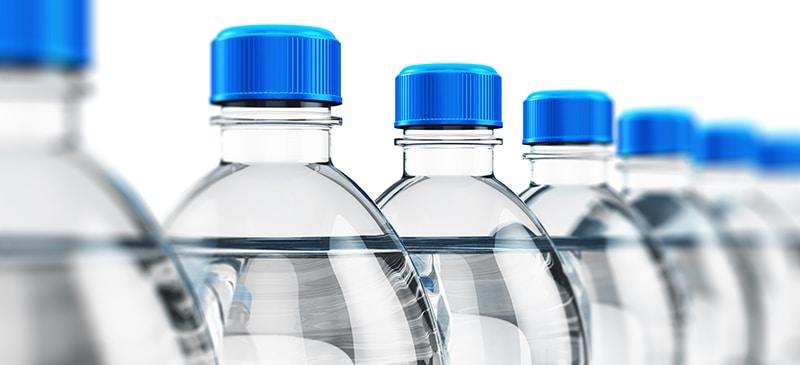Notifications

5 minutes, 15 seconds
-235 Views 0 Comments 0 Likes 0 Reviews

Single-use bottled water is frequently regarded as a practical and dependable option, but it's understandable to have concerns about what's within. One major concern is if bottled water contains any lead. There may be trace traces of lead in bottled water, but tight controls usually keep these levels low and safe to consume.
In the United States, the Food and Drug Administration (FDA) establishes and enforces bottled water safety regulations. Canada's Health Canada enforces comparable lead-in-drinking-water safety measures.
In this article, we will look at how lead can end up in bottled water, as well as the legislation and testing requirements. We'll also discuss your alternatives for increasing visibility and control over your home's drinking water. Looking for the best Under sink water filter system – choose AquaNuTech. Visit their website to learn more.
Lead Exposure in Bottled Water
Most people identify lead hazards with outdated plumbing or municipal systems, rather than store-bought sealed water bottles. While bottled water is regulated as a packaged food product, it is nevertheless subject to quality concerns. So, what guidelines are in place to protect bottled water?
In the United States, the FDA regulates the safety of bottled water. The FDA's bottled water standards limit lead levels to 5 ppb, which is lower than the EPA's standard for municipal tap water, which is 15 ppb for enforcement but 0 ppb as the goal (also known as the Maximum Contaminant Level Goal, or MCLG).
Does bottled water contain lead?
Bottled water is typically regarded as a cleaner option to tap water; however, studies show that trace quantities of lead can still find their way into some goods. Environmental International found lead in 17% of tested bottled water brands, with amounts reaching 1.1 µg/L. Although these levels are below the 5 µg/L limit specified by the U.S. FDA and Health Canada, the study cautions that they surpass the American Academy of Pediatrics' proposed limit of 1 µg/L.
How Does Lead Enter Bottled Water?
While bottled water is primarily derived from natural springs or cleaned municipal sources, lead contamination can occur at any stage of manufacture. Unlike tap water, which often contains lead from outdated domestic plumbing or lead pipes, the risk of lead in bottled water comes from production, packaging, or storage procedures. Here's how.
Production Equipment & Plumbing: Bottling facilities rely on industrial equipment, such as pipes, valves, and filtration systems. If these components contain lead solder or corroded plumbing fittings, trace amounts of lead may leak into the water during processing. Even in facilities that follow water quality regulations, pollutants can be introduced by obsolete gear or poorly maintained systems.
Packaging Materials: Plastic bottles or caps may contain trace amounts of lead as a stabilizer or be made of recycled materials. These materials can decay over time, particularly when exposed to heat or sunshine, causing lead to enter the water.
Does tap water contain lead?
Yes, tap water can contain lead, but it doesn't imply yours does. While bottled water is strictly regulated in the United States and Canada, tap water safety is dependent on a combination of municipal treatment and infrastructure reliability.
How to treat drinking water for lead?
If you're concerned about lead in your home's plumbing or tap water, there are practical treatments available. A reverse osmosis system, a type of water filtration that has been shown to lower lead levels in drinking water, is one of the most reliable and popular solutions. These systems operate by forcing water through a semi-permeable membrane, followed by subsequent stages of filtration that can efficiently collect toxins such as lead, arsenic, nitrates, and other compounds, while improving overall water quality. Choose the best Home water filtration system by AquaNuTech.

